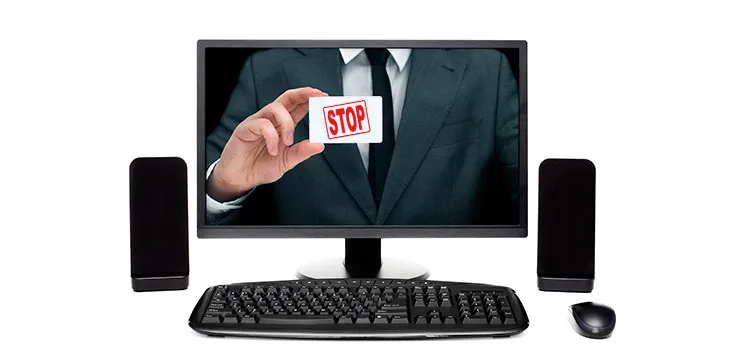|
Getting your Trinity Audio player ready...
|
Blockchain and cryptocurrency enthusiasts might have been disturbed by recent reports claiming there is child pornography on the Bitcoin (BTC) blockchain, and suggesting that those downloading the blockchain could unwittingly fall foul of the law.
Far from a new story, the suggestion has been around for some time, along with other suggestions linking the blockchain to distribution of various other types of illicit material, including material concerned with terrorism.
The latest round of claims appeared to stem from a research paper from a group of academics at RWTH Aachen University, Germany, which suggested there could be risks for anyone downloading the blockchain, including consumers participating in cryptocurrency transactions:
“Blockchains…irrevocably record arbitrary data, ranging from short messages to pictures. This does not come without risk for users as each participant has to locally replicate the complete blockchain, particularly including potentially harmful content…Our analysis shows that certain content, e.g., illegal pornography, can render the mere possession of a blockchain illegal…our analysis reveals more than 1600 files on the blockchain, over 99% of which are texts or images. Among these files there is clearly objectionable content such as links to child pornography, which is distributed to all Bitcoin participants.”
The news might be understandably concerning for anyone currently involved, or hoping to get involved in blockchain. Yet it bears no relation to reality, and is just the latest example of fake news put out by those agitating against blockchain technology and cryptocurrency.
Aside from being false in its premise, the suggestion does not take account of the way information is stored within the blockchain. Blockchain commentator Nic Carter summed up the problems caused this lack of understanding.
Any journalist writing about arbitrary content injection into the Bitcoin blockchain should be extremely careful to detail to what extent that content exists, is extractable, viewable, etc.
— Nic Carter (@nic__carter) March 20, 2018
Furthermore, there is a mens rea (guilty mind) component of child pornography offences, which would ultimately not be established in the event that a consumer downloaded offending data, and that the data was extractable. While most non-developers would struggle to extract any information from the blockchain in a meaningful way, even those who did would be unable to be held liable for any infringement. The issue is simply not relevant for consumer users of the blockchain.
Most likely the story, which has been around in various forms since 2013, comes as an intentional FUD attempt to undermine the technology from those opposed to its development.

 07-05-2025
07-05-2025 





